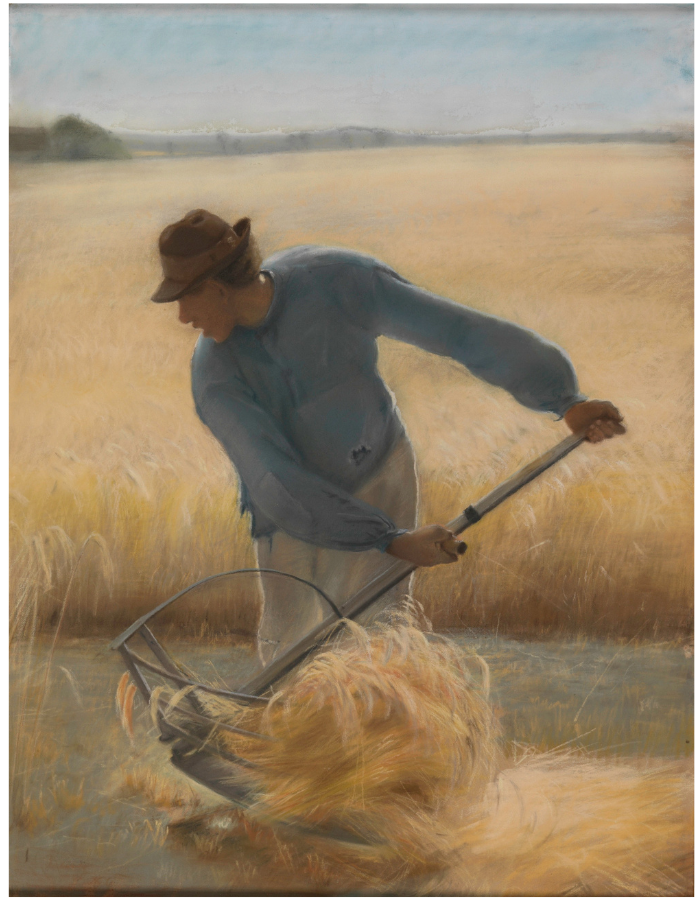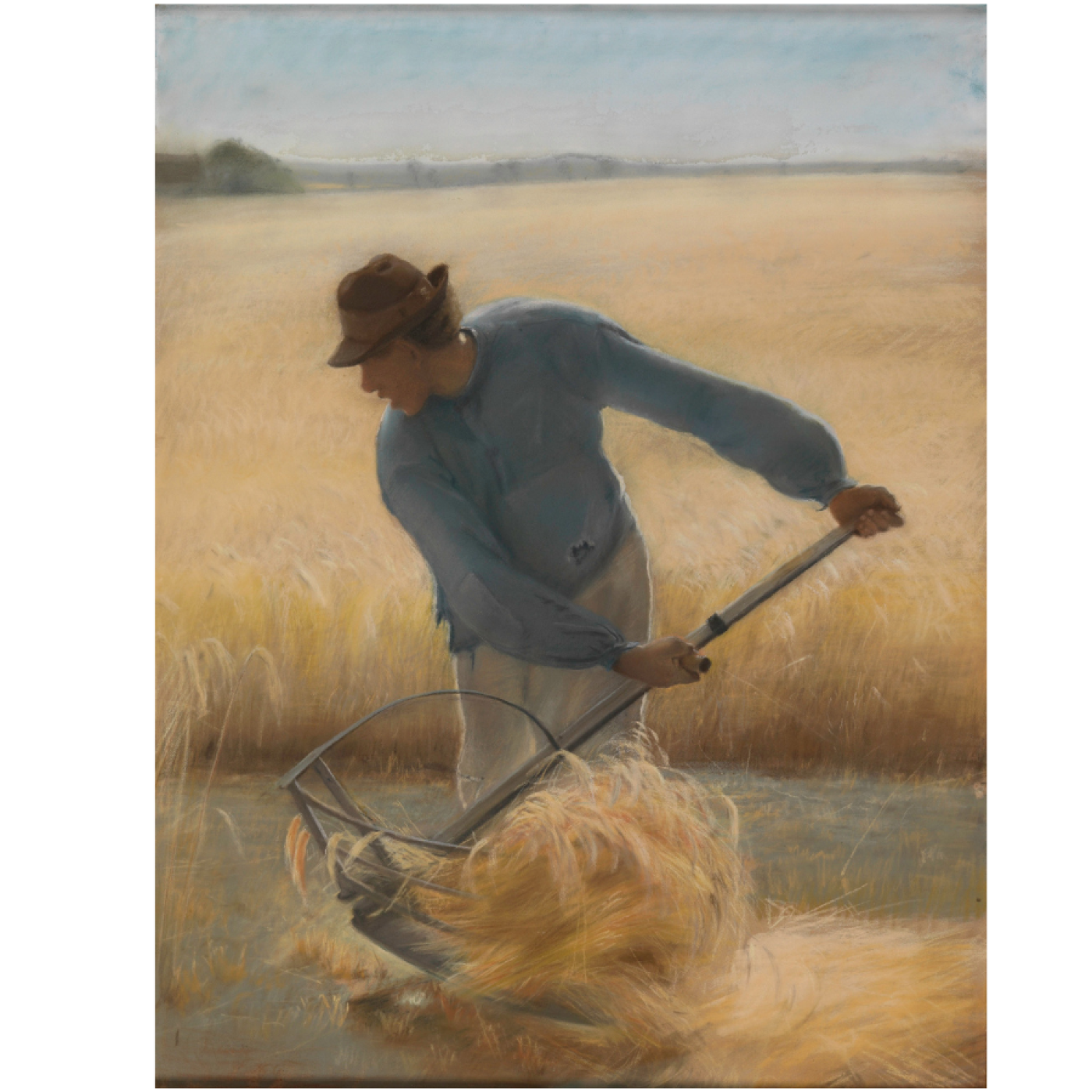

The Art of Work: Painting Labor in Nineteenth-Century Denmark
The Art of Work: Painting Labor in Nineteenth-Century Denmark
Selections from the Collection of Ambassador John L. Loeb, Jr.
One hundred and fifty years ago a group of French artists staged their first independent exhibition in Paris and a radical movement called Impressionism was born. In July of that year, Danish artist Michael Ancher (1849–1927) joined Karl Madsen (1855–1938) in Skagen, Denmark, a fishing village located on the country’s northernmost point. As with the exhibition in Paris, Ancher’s arrival there marked the beginning of an artistic revolution that would upend the academic realism and traditional modes, subjects, and locales of Danish Golden Age art. Inspired by growing discourses of nationalism and naturalism, Danish artists turned to scenes of everyday life, and especially of labor, with local men, women, and children featuring prominently in their work. Indeed, as Skagen developed into a thriving art colony in the late nineteenth century, labor had become a defining feature of Danish painting, paving the way for other artists—including Vilhelm Hammershøi (1864–1916) and L.A. Ring (1854–1933)—to contemplate the art of work and the work of art.
Organized thematically, the exhibition features a selection of twenty-eight works from the collection of Ambassador John L. Loeb, Jr., that illuminates the virtue and beauty of labor, whether domestic, intellectual, or manual. Women engaged in child rearing and ordinary household tasks—such as laundering, setting the table, or mending clothes—reflect the quiet intimacy of domestic work. Agricultural and maritime labor, which predominated in the coastal towns where many Danish artists lived and worked, also appear frequently in these paintings, which serve as testaments to the strength, endurance, and respectability of local farmers, fishermen, and their families. Other pictures capture the mental exertion required for piano playing, reading, writing, and painting, positioning artistic creativity as its own valued form of labor. While the portraits, landscapes, and interiors on view highlight the dynamism of work as a subject in nineteenth-century Danish art, they also stand as potent reminders of the artistic labor inherent to their making.
Admission
A note about discounted admission: discounts and free admission for reciprocal museum memberships are applied in person only. Do not reserve tickets online if you wish to redeem discounted admission.
The Bruce Museum is accessible to individuals with disabilities. *click here to learn more about our accessibility initiatives*
The Bruce Museum is a participant in Museums for All, which supports free admission with the presentation of one EBT card for up to four individuals in the same group (effective during regular business hours).
The Museum Café
Tue.-Sun. 9:00 am - 4:00 pm
Bruce Museum Store
Tue.-Sun. 10:00 am - 5:00 pm











